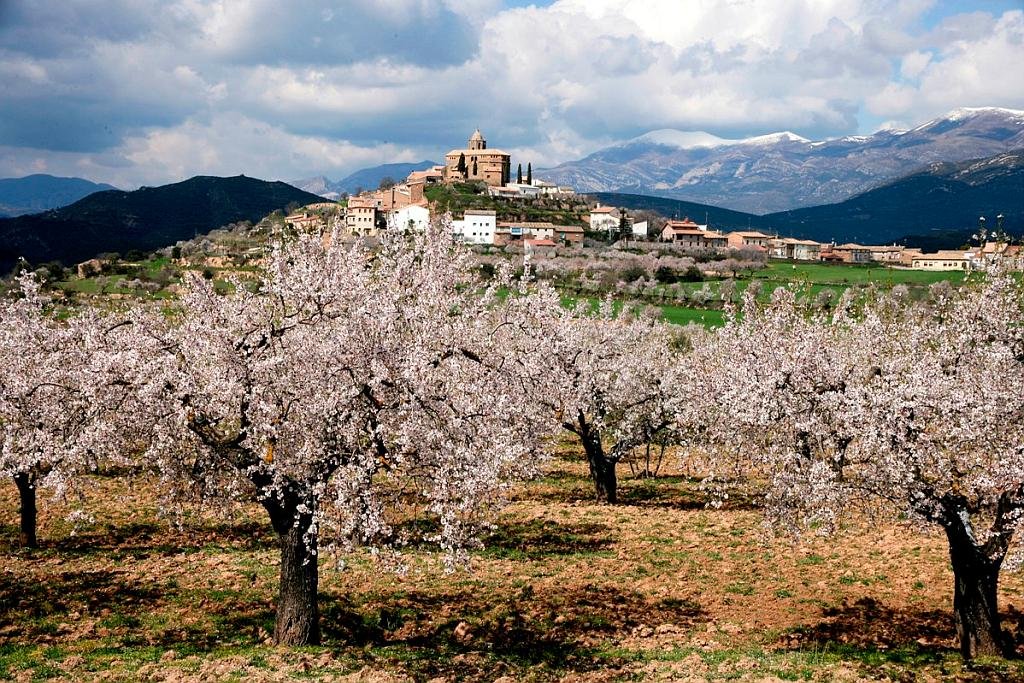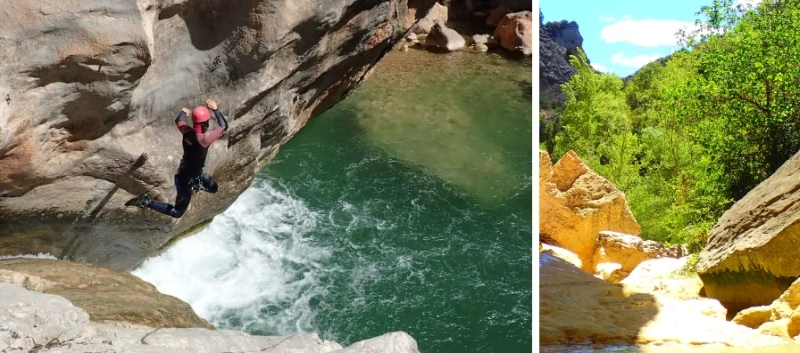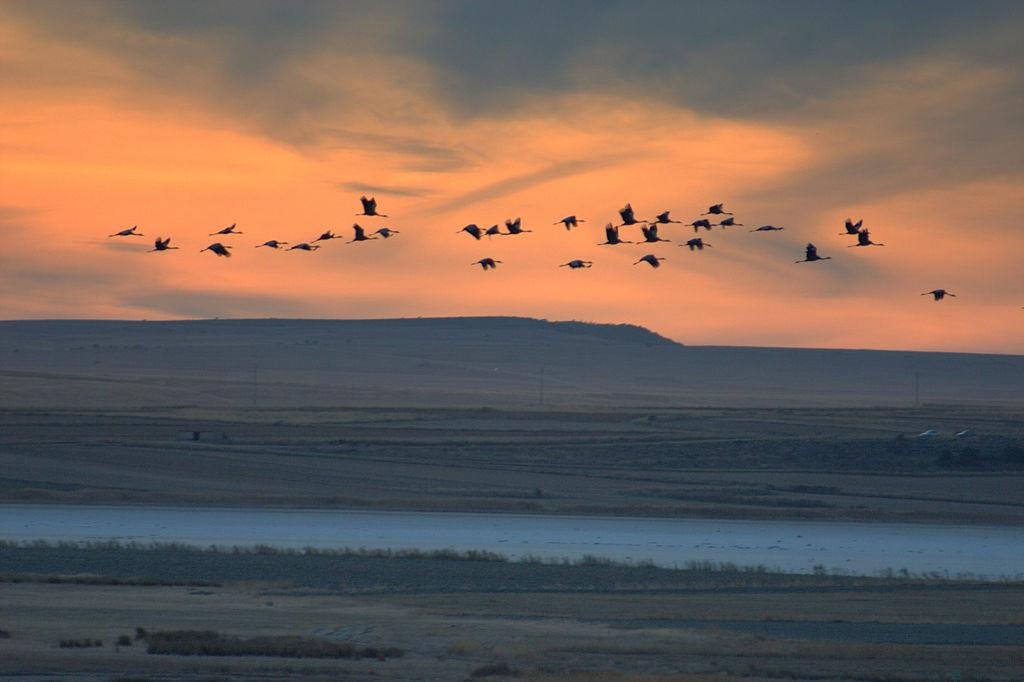Above Image By Heparina1985 – Valley of Ordesa, Ordesa y Monte Perdido National Park, Spain
- Region: Aragón
- Province: Huesca
- Declared a Natural Park:1918
- Park surface area: 15,696 hectares (extended to this in 1982)
- UNESCO 1997 (Ordesa-Viñamala)
- Zona de Especial Protección para las Aves.
Points of interest
The Ordesa y Monte Perdido National Park is an area of dramatic landscape, overseen by the peak of Monte Perdido at 3,355m, found within the Pyrenean mountain range that forms the border between Spain and France.
I’ve been living in this lovely area of Western Andalucia for the last 20 years or so and dedicate most of my time to the running of English language tourist information websites for the towns of Cádiz, Ronda, Grazalema, the famous or infamous Caminito del Rey, and also Wildside Holidays, which promotes sustainable and eco-friendly businesses running wildlife and walking holidays in Spain. My articles contain affiliate links that will help you reserve a hotel, bus, train or activity in the area. You don’t pay more, but by using them you do support this website. Thankyou!




